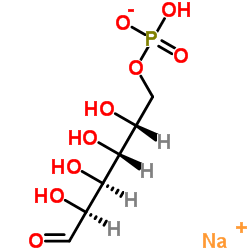| 结构式 | 名称/CAS号 | 全部文献 |
|---|---|---|
 |
2-氨基吖啶酮
CAS:27918-14-5 |
|
 |
甘露糖磷酸酯钠
CAS:70442-25-0 |
| 结构式 | 名称/CAS号 | 全部文献 |
|---|---|---|
 |
2-氨基吖啶酮
CAS:27918-14-5 |
|
 |
甘露糖磷酸酯钠
CAS:70442-25-0 |